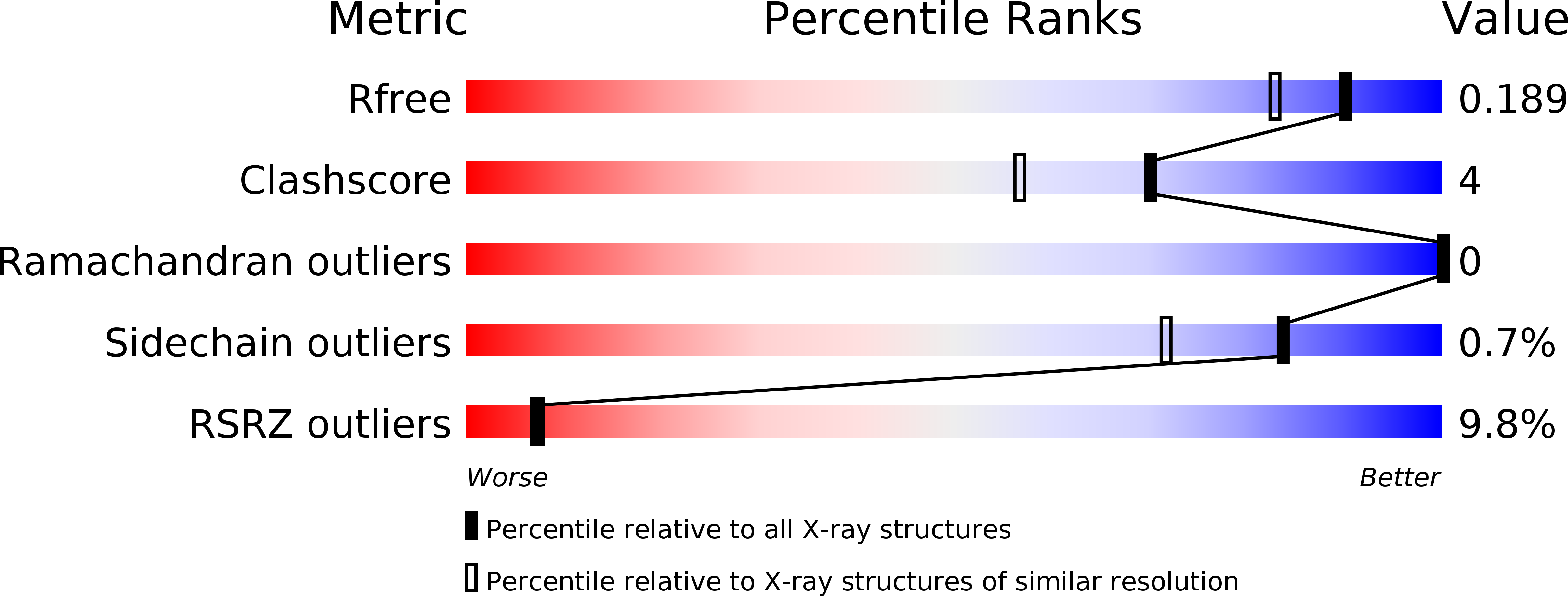
Deposition Date
2018-11-28
Release Date
2019-01-30
Last Version Date
2024-10-23
Entry Detail
PDB ID:
6N87
Keywords:
Title:
Plasmodium falciparum FVO apical membrane antigen 1 (AMA1) bound to MTSL spin-labelled cyclised RON2 peptide
Biological Source:
Source Organism:
Plasmodium falciparum (Taxon ID: 5833)
Host Organism:
Method Details:
Experimental Method:
Resolution:
1.59 Å
R-Value Free:
0.18
R-Value Work:
0.16
R-Value Observed:
0.16
Space Group:
I 1 2 1


